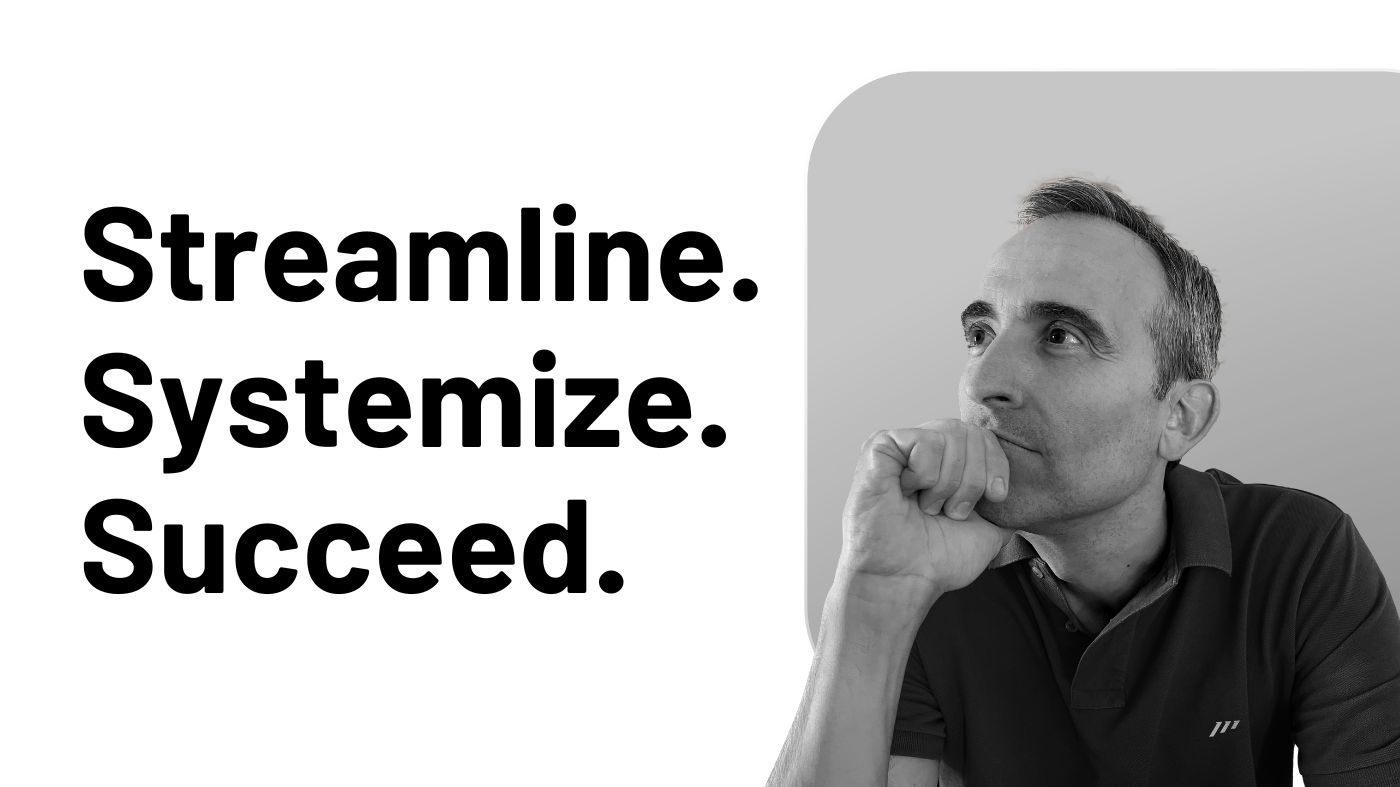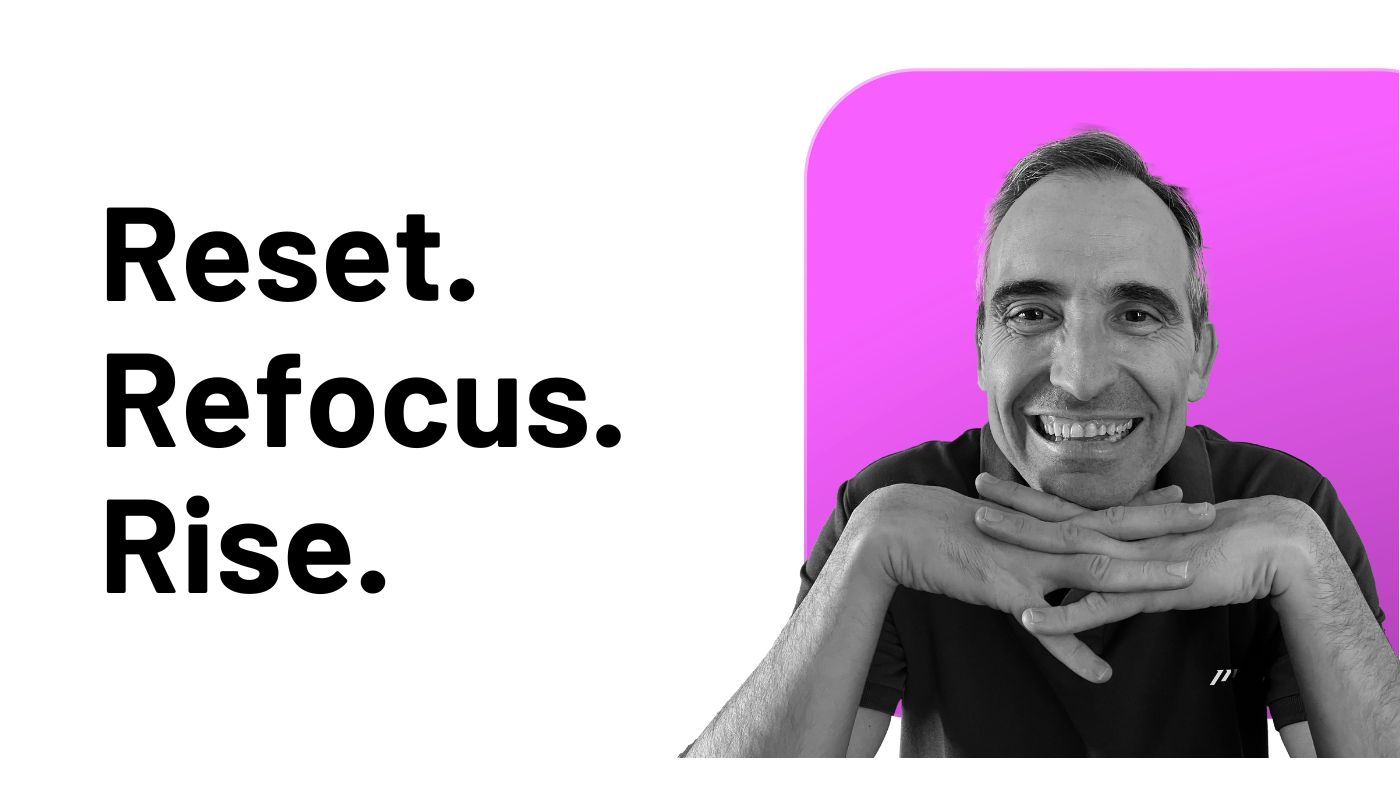A Paperless Movement® Community member recently asked about measuring and tracking productivity improvements within a system: “What are some ways to measure/track increased productivity of a system or track improvements in general?”
This got me thinking about how I evaluate the effectiveness of my own Productivity System.
Having been in situations where I felt helpless due to an ineffective system, I’ve come up with three simple and straightforward approaches to help you assess whether your productivity system is functioning well and evolving over time.
Let’s check them out one by one!
Approach 1: Analyze Goal Accomplishment
To me, the ultimate goal of my productivity system is to help me achieve my goals (without suffering).
If my system enables me to do that, it functions correctly.
If not, then it needs improvement.
In the ICOR® ecosystem, we define four Output Elements related to the action world: goals, projects, tasks, and to-dos.
While all are important, let’s concentrate on goals since that is the subject of this article.
Here, at the Paperless Movement®, we establish our objectives every quarter, and then create the other output elements accordingly.
At the end of each quarter, we examine our progress towards achieving our goals and draw conclusions.
However, evaluating goal attainment is not limited to only analyzing these quarterly objectives. I encourage you to go deeper and look at weekly and daily to-dos.
Every week, we prioritize our tasks and to-dos and link them to our milestones on ClickUp, which are aligned with our goals.
By doing so, we ensure that we are putting our resources, energy, and efforts towards the things that matter.
We weekly check our milestone accomplishments and update them or create new ones.
Additionally, I recommend diving one level deeper and setting three to-dos daily, selecting one as the “highlight of the day”.
Again, these daily to-dos should align with your milestones, which, in turn, align with your goals.
By evaluating your progress daily, weekly, and quarterly, you can make objective conclusions about your productivity system’s effectiveness, based on concrete information.
This assessment is not about impressions, feelings, or emotions. It’s based on reality.
It tells you whether your productivity system is genuinely making you more productive or not.
Approach 2: Managing Unexpected Events
Another way to measure the effectiveness of your Productivity System is how you handle unexpected events.
If you believe that what you planned is what you’ll execute, you’re literally kidding yourself.
The world doesn’t operate that way anymore. Period.
You require a flexible productivity system that enables you to manage unforeseen circumstances and quickly reorganize your goals, projects, tasks, and to-dos.
If you encounter a lot of resistance whenever something unexpected occurs and don’t know how to rearrange your days, your Productivity System is failing you.
You should always view your productivity system as a tool to assist you in making your life easier, handling the constant stream of information (Knowledge Management) and action (Task Management and Project Management).
Technology is here to support you in dealing with many things simultaneously.
Your productivity system should easily tell you this: this is the crucial information for you and this is what you have to do NOW based on your goals and priorities.
If it doesn’t, then you don’t have a well-implemented productivity system.
Approach 3: Mindful Awareness of Your Feelings
Lastly, the third approach to gauge whether your productivity system is effective is to pay attention to your feelings.
You must feel secure and in control.
You need to be the one directing your work and life.
If you feel otherwise, don’t deceive yourself; rather, figure out how to improve the situation.
Another sensation to be mindful of is anxiety.
If you’re anxious or stressed, something isn’t right, and your productivity system needs improvement.
A good Productivity System should bring you clarity, peace of mind, and relaxation, regardless of your workload.
That’s why it’s critical to build a system that is immune to workload.
It should operate seamlessly, and you should always perform at your best, delivering the best possible results with the resources available.
It’s crucial to keep in mind that you’re only human, and time and resources are finite. Nonetheless, always endeavor to achieve the best possible outcome.
Takeaways
People often assume that tracking and measuring your productivity system is complicated and bothersome.
However, here I’ve shared three intuitive approaches you can implement right now.
Focus on the following:
- The number of goals you accomplish every three months, week, and day.
- How unexpected events impact your planning.
- How you feel: positive vibes or a complete disaster?
Remember, your productivity system should work for you, not the other way around.








